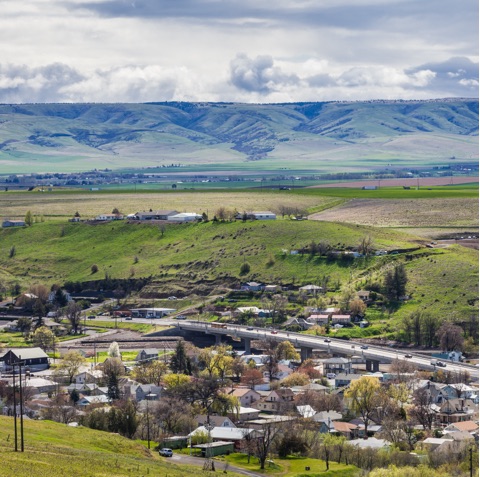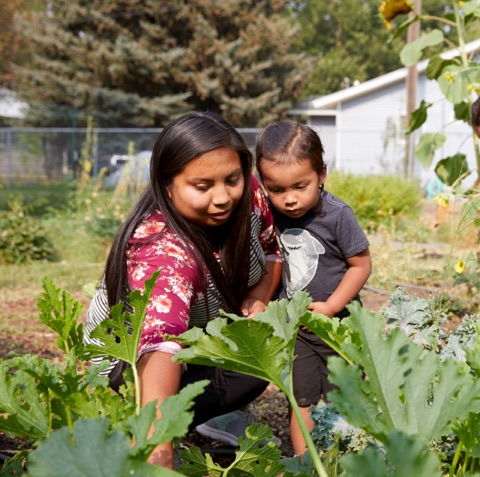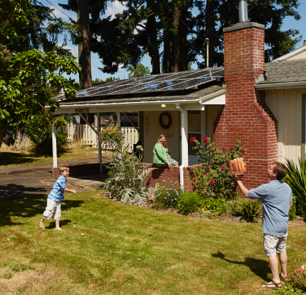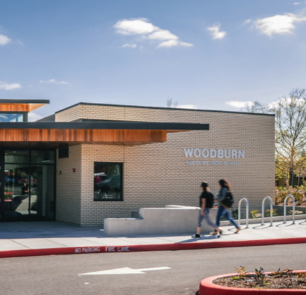| PGE efficiency | Save at least 23.3 aMW
| Exceeded, with 25.7 aMW saved
| |
Levelized cost not to exceed 4.1 cents/kWh
| In compliance, levelized cost at 3.9 cents/kWh
| |
| Pacific Power efficiency | Save at least 15.3 aMW
| Exceeded, with 17.5 aMW saved
| |
Levelized cost not to exceed 4.3 cents/kWh
| In compliance, levelized cost at 4.2 cents/kWh
| |
| NW Natural efficiency | Save at least 4.7 million annual therms
| Exceeded, with 6.4 million annual therms saved
| |
Levelized cost not to exceed 43 cents/therm
| In compliance, levelized cost at 31.8 cents/therm
| |
| Cascade Natural Gas efficiency | Save at least 0.46 million annual therms
| Out of compliance, with 0.43 million annual therms saved
| |
Levelized cost not to exceed 55 cents/therm
| In compliance, levelized cost at 42.2 cents/therm
| |
| Avista efficiency | Save at least 0.33 million annual therms
| Exceeded, with 0.41 million annual therms saved
| |
Levelized cost not to exceed 41 cents/therm
| In compliance, levelized cost at 36 cents/therm
| |
| Renewable energy | For project and development assistance (part 1), deploy at least $1.99 million in non-solar project development assistance incentives; maintain a non-solar project development assistance pipeline in excess of 25 projects; report number of projects served, total dollars spent and summarize project progress through development stages
| Out of compliance, paid $1.48 million and committed $1.64 million in project development assistance to 30 projects; the program exceeded the benchmark for number of projects in the pipeline but was short of the benchmark for dollars deployed due to a slowdown in irrigation modernization efforts as a result of the pandemic and limited hydropower potential in some districts
| |
For project and market development assistance (part 2), report annual results, including number of projects supported, milestones met and documentation of results from market and technology perspective
| In compliance
| |
Obtain at least 1.9 aMW of installed generation of standard net-metered Solar program projects
| In compliance, with 3.09 aMW of installed generation from standard solar projects
| |
For solar projects funded outside of the Solar program’s standard, net-metered incentive offer, report sources of funding for projects and the criteria for selection
| In compliance, program did not dedicate funds for custom solar projects in 2020
| |
| Financial integrity | Receive an unmodified financial opinion from an independent auditor on annual financial statements
| In compliance, with an unmodified financial audit opinion for 2020
| |
| Administrative/program support costs | Keep administrative/program support costs below 8% of annual revenues (no more than $14,189,583)
| In compliance, with 2020 administrative and program support costs of 6.7% of annual revenues ($11,771,712)
| |
Administrative/program support cost growth limited to 10% year-over-year increase (no more than $1,322,542)
| In compliance, program support cost growth of 7% year-over-year ($771,297)
| |
| Staffing expenditures | Staffing cost growth is limited to 9% year-over-year increase (no more than $1,262,428)
| Out of compliance, with staffing cost growth of 9.8% year-over-year ($1,323,250) due to unused vacation time liability resulting from COVID-19 restrictions; Energy Trust proactively identified this issue and put a management plan in place to bring vacation liability down in 2021
| |
| Customer satisfaction | Demonstrate greater than 85% satisfaction rates for interaction with program representatives and overall satisfaction
| In compliance, with a 98% satisfaction rate for interaction with program representatives and a 96% overall satisfaction rate; results for major programs are averaged to determine satisfaction rates
| |
| Benefit/cost ratios | Report utility system and total resource perspective annually. Report significant mid-year changes as warranted in quarterly reports
| In compliance, with no mid-year changes
| |
| Northwest Energy Efficiency Alliance and market transformation | Report annually:
• Savings and costs
• Savings strategies
• Show Energy Trust direction to NEEA through committee membership
• Summary of Energy Trust direction to NEEA
• Summary of NEEA initiatives Energy Trust opts out of and why
| In compliance
| |
| Diversity, equity and inclusion | Implement the data enhancement project as outlined in the 2020 Budget and Action Plan and deliver a minimum of four reports to the Diversity Advisory Council
| In compliance, completed the data enhancement project and gave three reports to the Diversity Advisory Council
| |
Implement and publish the DEI Lens project as outlined in the 2020 Budget and Action Plan and approved by the Diversity Advisory Council
| In compliance, completed the DEI Lens project that was approved by the Diversity Advisory Council in December 2020
| |
Complete 1,000 projects with trade allies that are minority-owned businesses in 2020
| Out of compliance, completed 723 projects with minority-owned trade allies in 2020; many contractors experienced disruptions due to COVID-19 and wildfires; OPUC staff was informed of this in mid-2020
| |
Implement a rural-focused workshop as outlined in the 2020 Budget and Action Plan
| In compliance, held a virtual workshop with residents of Umatilla in October 2020
| |








